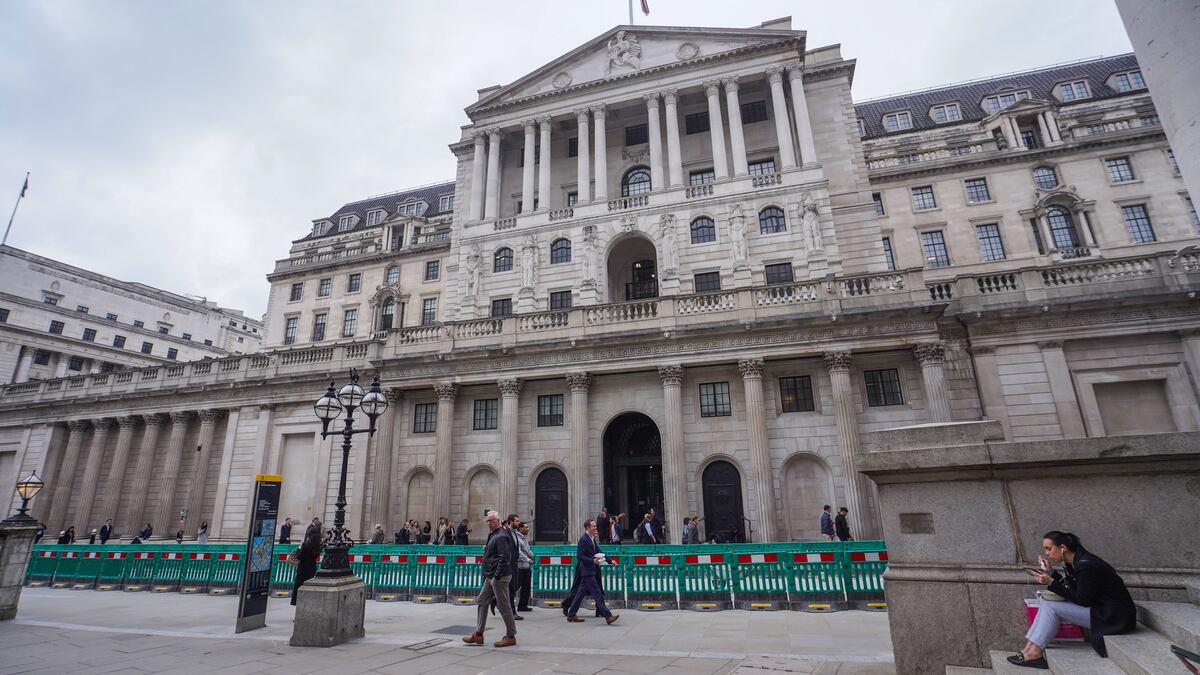- The UK government is consulting on an sandbox for tokenisation
- The announcement comes amid a wave of excitement for the concept among large financial institutions like BlackRock.
- The EU’s own sandbox is failing to attract users.
A tokenisation experiment run by the UK government could help give the country’s financial markets a leg up.
But regulators will have to get the so-called “sandbox’s” design just right.
The Bank of England and Financial Conduct Authority published a joint consultation on Wednesday, asking for input on the Digital Securities Sandbox.
The sandbox — a regulatory testing environment — “could lead to faster and cheaper ways for these securities to trade, settle, and be utilised among financial market participants,” the Bank of England and the Financial Conduct Authority said in a joint statement.
The consultation is the latest sign of how excited everyone from Wall Street giants like BlackRock to central banks are getting excited about tokenisation.
And no wonder: consultant Oliver Wyman estimates that tokenised assets could top $14 trillion by 2030.
It also shows that, while financial powerhouses are busy muscling into crypto with spot Bitcoin exchange-traded funds and other investments, the underlying blockchain technology could also be used to boost financial centralisation — counter to the vision of decentralised finance.
Yet getting these projects right is not easy.
What is the Digital Securities Sandbox?
The DSS is an environment where firms like stock exchanges and investment banks can experiment with trading tokenised versions of stocks and bonds under regulators’ supervision.
The regulators launched the project in January. With this consultation, they want to understand how the sandbox will work in practice.
After a review, the BoE and FCA will consult on the sandbox’s rules, and then open it up for applications over the summer.
The DSS will run for five years after which the government could decide to make the changes permanent.
UK regulators share the private sector’s excitement at what they say is the vast potential of tokenisation for financial product innovation.
Tokenisation can “enhance the efficiency, visibility, and affordability of financial services for consumers, so we’re really keen on looking into this and understanding what challenges there are and what opportunities there are as well,” Kelly Coulter, a digital asset specialist at the FCA, said of the DSS during a recent interview.
So it’s an important step. But as the EU’s experience demonstrates, the UK must get the details right.
The EU markets regulator said in a letter to EU commissioners on Wednesday that its own tokenisation sandbox, the Distributed Ledger Technology Pilot, is failing to garner interest from financial markets participants.
The DLT Pilot has attracted just four applications, the European Securities Markets Authority said in the letter.
High hurdles to tokenisation
Regulators and financial firms alike are excited about the possibilities of trading digital versions of stocks and bonds on blockchain technology.
Central banks want a slice of the pie too.
On Wednesday, a global consortium for the world’s central banks announced its own tokenisation project.
But tokenisation projects haven’t got off the ground at scale. That’s for a number of reasons — including post-financial crisis regulation.
After the 2008 crash, governments cracked down hard on the risk-laden lending and trading activities of global investment banks.
One measure they took was to force all trades through centralised bodies known as clearing houses.
Clearing houses are third parties that post collateral in case either side of a trade defaults.
They are the bloodstream of financial markets, performing obscure recordkeeping functions like checking terms of a deal, ensuring buyers get their securities, and sellers get their cash.
While forcing trades through these bodies mitigates risk and gives regulators insight into investment banking practices, when it comes to tokenisation, clearing is a barrier.
When a trade is done on a blockchain, there’s no need for a central recordkeeper. It’s all done on the distributed ledger that updates almost instantly.
So while regulators are excited about tokenisation, as they believe it could make markets safer and faster, they’re also aware they need to lower some of the guardrails to allow the concept to prove itself.
That’s where regulators hope these tokenisation sandboxes can help. That is, if they can attract enough participants.
Got a tip or want to chat about crypto regulation? Reach out to the author at joanna@dlnews.com.


